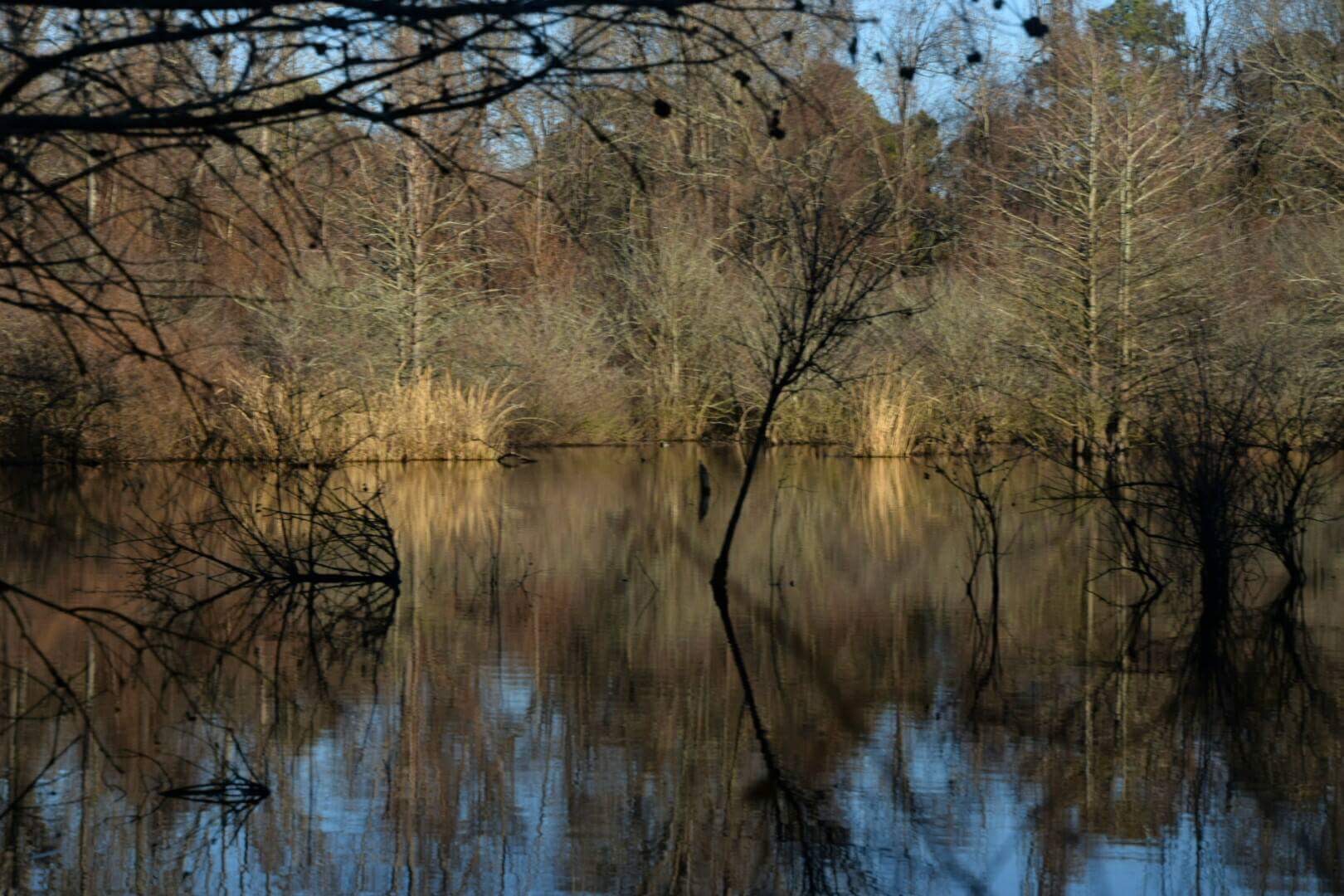When Pine Bluff was incorporated in 1839, it had been functioning as the seat of Jefferson County since 1832 — or, at least, the Bonne family’s cabin on the pine-covered bluff served as the county seat. The Bonne family were among many with shared French and Quapaw ancestries. Their location on the relatively high bluff gave them refuge from the river when it flooded. Of course, they had learned of this refuge from many who came before them. But this story covers the early history of Pine Bluff, a local jurisdiction in a United States territory (then state).
The backdrop to the incorporation of counties and towns was the United States purchase of the Louisiana Territory in 1803 under the Jefferson Administration combined with population growth east of the Mississippi River. From that point through much of the 19th century, the United States relocated Native Americans and encouraged European-descent settlers to move into new territories and states as they became available. One major force behind these changes in Arkansas came in 1819 when President James Monroe named Robert Crittenden territorial secretary. Crittenden manipulated and forced the remaining Quapaw out of southeast Arkansas. The last tracts of land the Quapaw held from previous agreements were now claimed by the Territory of Arkansas. Further aggressive relocations of Native Americans, including in Arkansas, occurred under the Jackson administration (1829 to 1837). While these changes were taking place, Jefferson County was established in 1829, with the Bonne cabin on a pine-filled bluff designated county seat in 1832.
And so it was from 1803 to 1835 in what is now Arkansas — starting as a district of Louisiana in 1803, then a territory in 1819, and then a state in 1836; the incorporation of counties and towns occurred as settlers concentrated in one location or another, with floods and navigation options driving their decisions. Indeed, the pine-filled bluff with the Bonne cabin became refuge from the river’s floodwaters while also providing access to travel for the westward moving settlers of European patrilineage, just as it once had for the Quapaw. A short matter of time naturally led to the incorporation of Pine Bluff Town in 1839.
During that same time frame, slavery, which had existed in the area at least since 1720, grew exponentially in the territorial district that would become Arkansas. Based on U.S. Census data, in 1810, the slave population in Arkansas (then a district of Louisiana) stood at 188 (about 17% of the total population count). By 1820, the Arkansas Territory slave population count had grown to 1,617 (about 11% of the total count). Then, over the next two decades — the time during which Jefferson County, the State of Arkansas, and Pine Bluff Town were established — the slave population count jumped to 4,576 in 1830 and then 19,935 in 1840. Over time, the slave population would continue to increase by tens of thousands each decade until reaching at least 111,115 in 1860 (about 25% of the total population census). But back to the 1820s and 1830s …
A high bluff that gave refuge to both indigenous people and newcomers became part of a territory (then state) claimed through acquisition and treaties. By some measures, the biggest changes were the decline of Native Americans and the exponential increase in the slave population. But by measures of power — political authority and economic control — the new ownership by European-descent U.S. citizens drove this colossal transformation in Pine Bluff’s early history. The Louisiana Purchase directly set in motion a history of struggles over ownership and authority; ever since, Pine Bluff’s place in history has oscillated from a place of refuge to a place to lose … a place of refuge to a place to flee.
Last updated on April 15, 2017.

